The Sinhalese and Tamil New Year takes place this weekend, so The Sapling asked Sri Lankan writer Diyamanthi Galpoththage to tell us about what Sri Lankan stories and authors are available in New Zealand. She shares her favourite childhood books and a bit about how the New Year is celebrated, as well as the celebration of Vesak coming up next month.
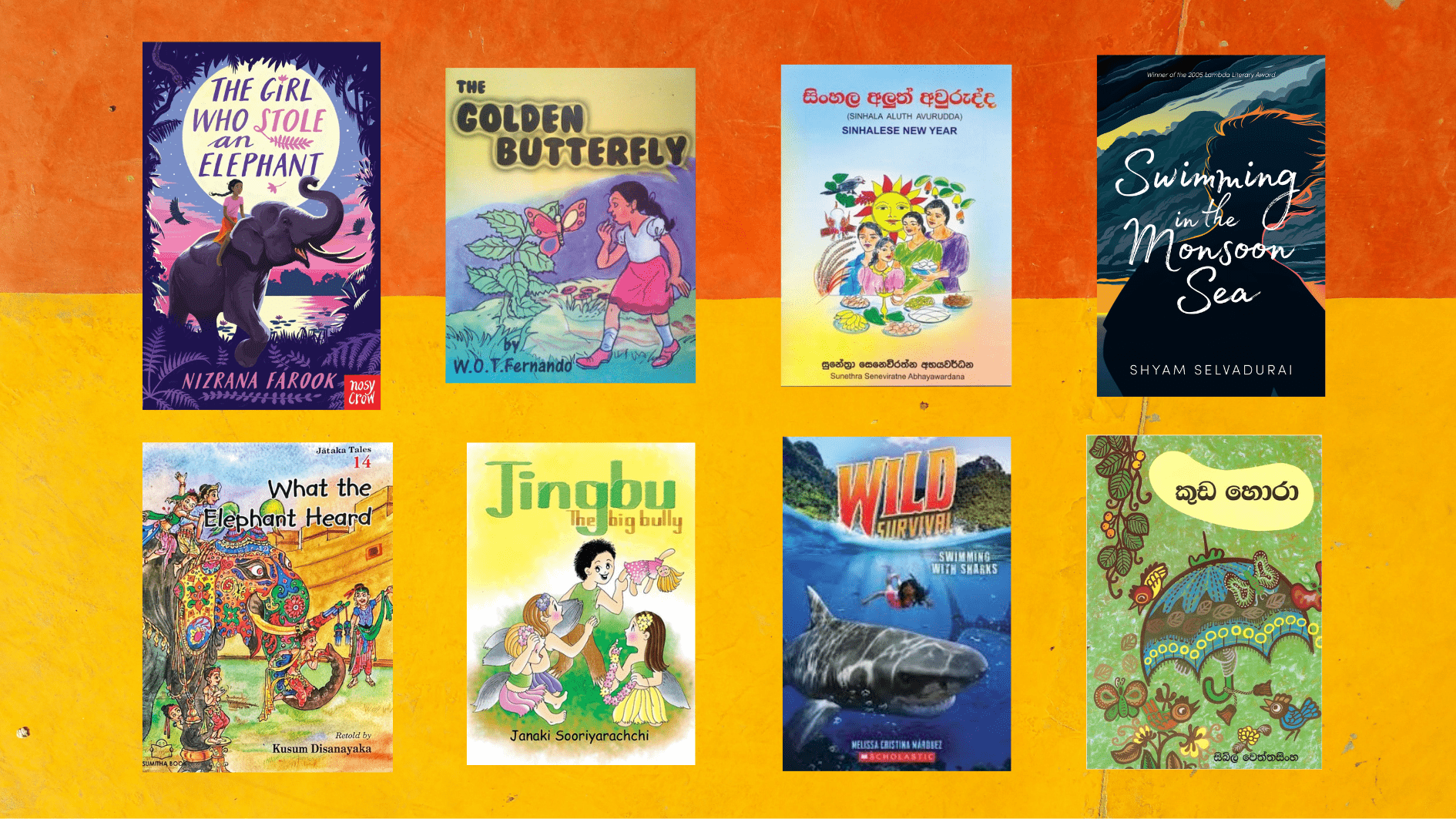
Sri Lanka has a thriving book industry with hundreds of bookstores in Colombo alone, and about 1100 public libraries around the island. Most libraries and bookshops have separate children’s sections, and many children’s programmes are conducted in public libraries to coincide with school holidays and national celebrations, such as the Sinhala and Tamil New Year, Vesak, Diwali, Ramadan, Christmas, and so on.
Reading is loved by many Sri Lankans who live overseas, and their children follow in their footsteps. Being able to find and read books by Sri Lankan authors—or even books with Sri Lankan themes—outside of Sri Lanka feels welcoming. But are there Sri Lankan-themed children’s books available in New Zealand libraries and bookshops? I decided to find out.

A search of ‘Sri Lanka’ in children’s and YA collection on the Auckland Libraries catalogue brings up six books: one non-fiction title about Sri Lanka as a place; three middle grade fiction set in Sri Lanka (two by Sri Lankan author Nizrana Farook, and Wild Survival: Swimming with Sharks by Hispanic author Melissa Cristina Márquez); one YA novel, Swimming in the Monsoon Sea, also set in Sri Lanka by Sri Lankan Shyam Selvadurai; and The Python of Pura Malai and Other Stories, by Sri Lankan Carl Muller. A seventh title is the ebook of a middle grade novel that appears to be set in Sri Lanka, the third in a fantasy series by Laurice E. Molinari.

I read The Girl Who Lost a Leopard, a middle grade book by Nizrana Farook, as an ebook from Auckland Libraries. In the late 70s I worked in the Sri Lanka Sugarcane Research Institute on the eastern side of the island. The plantation and factory were surrounded by jungle, and people from the surrounding villages worked there. Water was pumped from the big water reservoir, and vegetables and fruits were abundantly available. Farook’s story accurately describes village life near the jungles in eastern Sri Lanka: people growing vegetables, children walking to the only school, dirt and tarred roads, well-drawn water, and limited electricity.
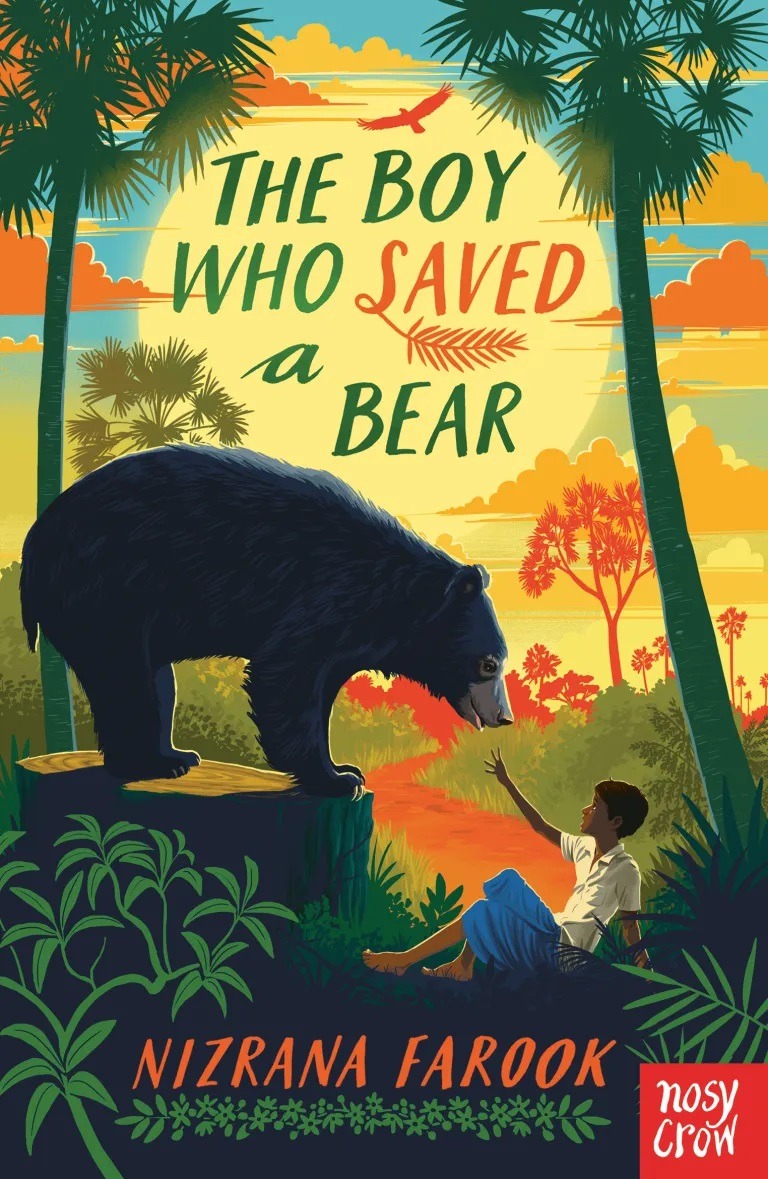
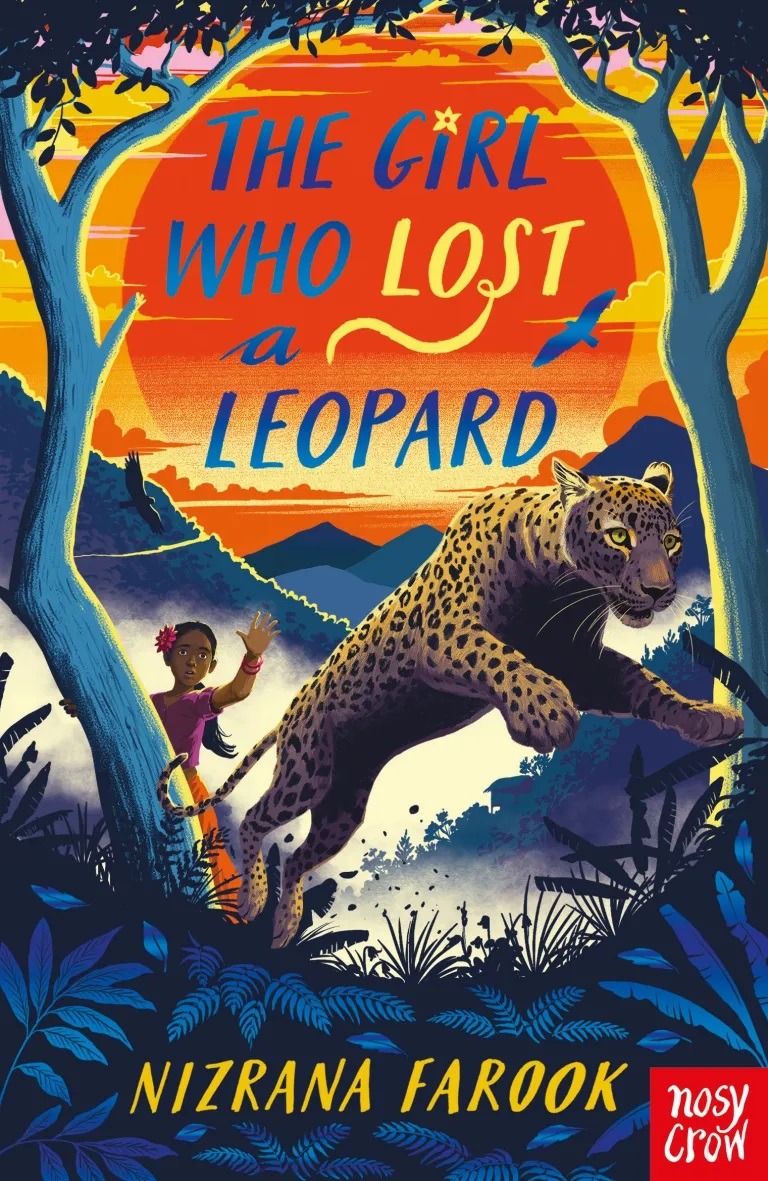
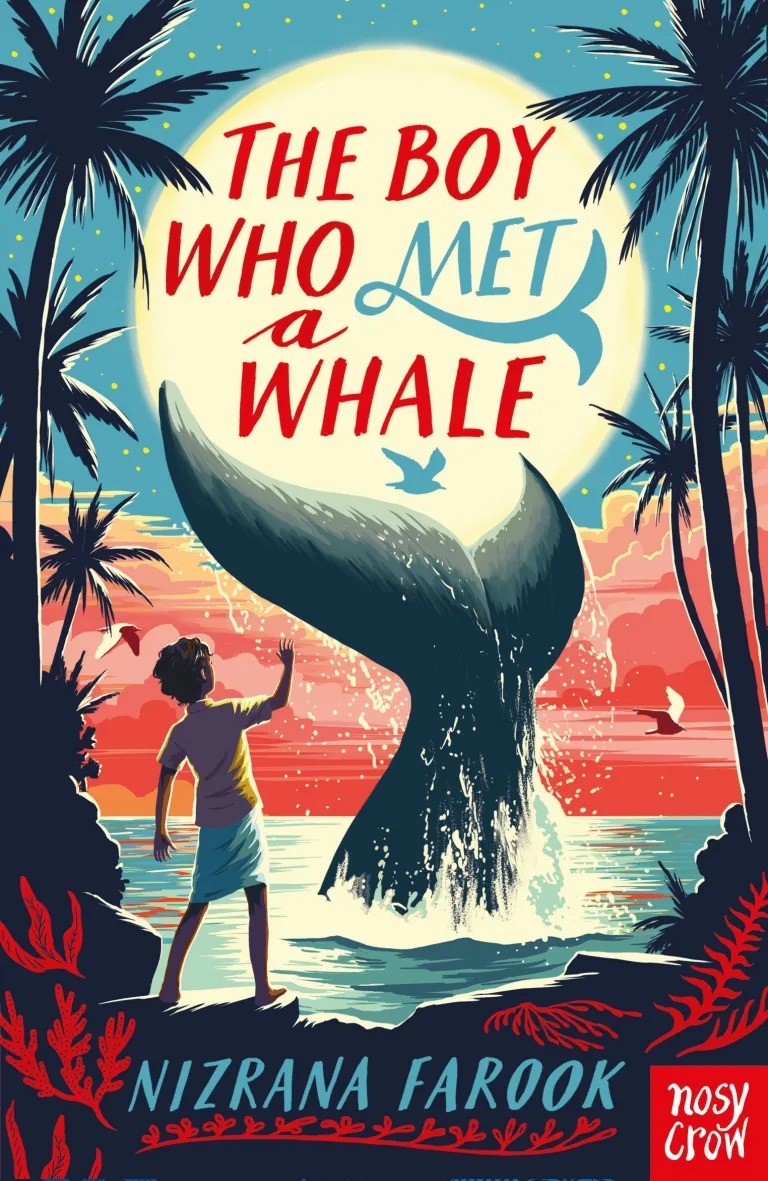
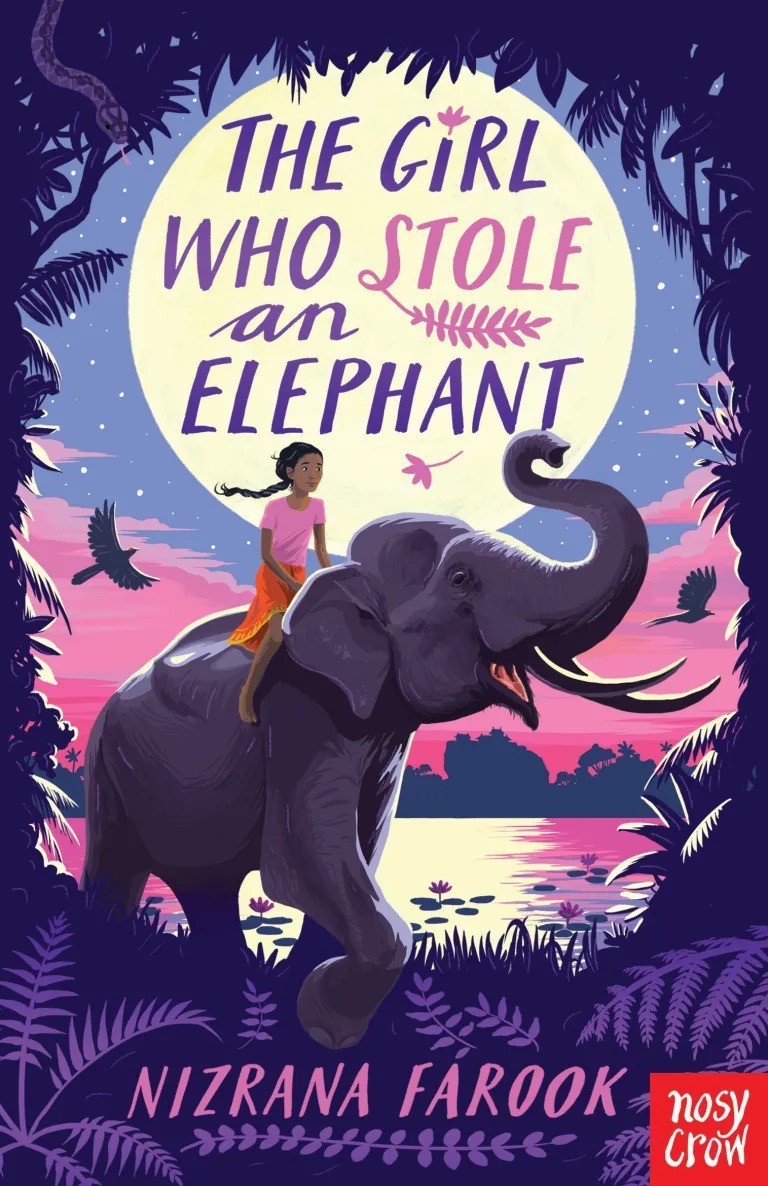
Farook has written a series of books with ‘the girl who’ and ‘the boy who’, all set in a fictional version of Sri Lanka. The Boy Who Saved a Bear is the most recent, released last June. I would love to read more stories like this, set in Sri Lanka that are available in New Zealand. I am sure it will help those, like me, who live far away from Sri Lanka to connect with the land they are used to, and give rise to nostalgic memories. Farook’s books are all available on BookHub and you can read extracts from each on her website.
I believe that if New Zealand kids can have access to international books written in English, they would, as kids, appreciate the life and lifestyles of other countries.
It’s great to see modern books depicting Sri Lanka, but I remember fondly some of the books I read when I was young. One of my favourite childhood authors is Sybil Wettasinghe, who wrote the picture book Umbrella Thief (Kuda Hora / කුඩ හොරා), originally published in 1956. Kuda Hora was subsequently translated into Japanese (and many other languages) and in 1986 won the Best Children’s Foreign Book Award in Japan. Another of Wettasinghe’s books, Vesak Lantern, won the Women Council of England’s Isobel Hutton Prize for Asian Women Writers in 1965. It would be a rich experience for children to see award-winning books like these published in English, in New Zealand bookshops and libraries (Wettasinghe’s children’s books are, however, available in Sinhalese in some New Zealand libraries). I believe that if New Zealand kids can have access to international books written in English, they would, as kids, appreciate the life and lifestyles of other countries. Their knowledge about other countries and the kids of those countries would broaden even from a young age.

As a child and teenager I also enjoyed Gam Peraliya (Village Life Changed) and Madol Doowa (The Little Island of Madol) by Martin Wickramasinghe; Golu Hadawatha (The Silent Heart), by Karunasena Jayalath; and Amba Yahaluwo (The Best Friends) by TB Illangaratna.
In the past, Sri Lankans mostly wrote books in Sinhalese and Tamil. Some people ventured into translating into English, but now Sri Lankans have access to many books written in English on a variety of topics for both children and adults. Maybe the authors in Sri Lanka are not aware of how to market their books internationally (or publishers have limited funds to do so), and high costs of publication and shipping could explain why we do not see many such books in New Zealand. There are, however, a number of children’s books in Sinhalese and Tamil available through public libraries.
Raising our children in Sri Lanka and later in New Zealand I realised that the best and the safest place for a baby to be in this world is with loving parents. These sentiments were reignited when I watched my beloved granddaughters growing up. As I listened to them being tucked into bed, in awe of the tales told by their parents, I found myself compelled to capture these precious moments.


So I started writing my first children’s book, My Little Baby Tortoise, set in a Sri Lankan village. The warmth of a family bond in the story is not only a tribute to the precious moments shared with my own children and grandchildren, but also a story for all parents, grandparents and kids.
Sinhala and Tamil New Year Celebrations
Sri Lanka’s Sinhala and Tamil New Year, known as Aluth Avurudu in Sinhalese and Puththandu in Tamil, this year falls on the 13th and 14th of April. It is one of the most significant cultural festivals celebrated by both Sinhalese and Tamil communities. Determined by astrologers, New Year marks the passage of the sun from constellation Pisces (Meena Rashi) to Aries (Mesha Rashi). The astrologers also determine the most auspicious times for various activities, such as stopping all household work before the dawn of the New Year, first lighting of the hearth for cooking, consuming the first meal, first oil anointing, and so on. Traditional games are included in the festivities, like pillow fights, tug-of-war, and coconut scraping. Special traditional foods—rice flour cakes (kavum), crispy rice flour cookies (kokis), roasted rice flour snacks with coconut treacle (aluwa)—are prepared and shared with family, friends and anyone who visits from the village. Religious rituals and customs play a significant role, with visits to the temple and kovil for blessings, prayers and offerings. It is a time to share joy, goodwill and also a time for reflection and unity.
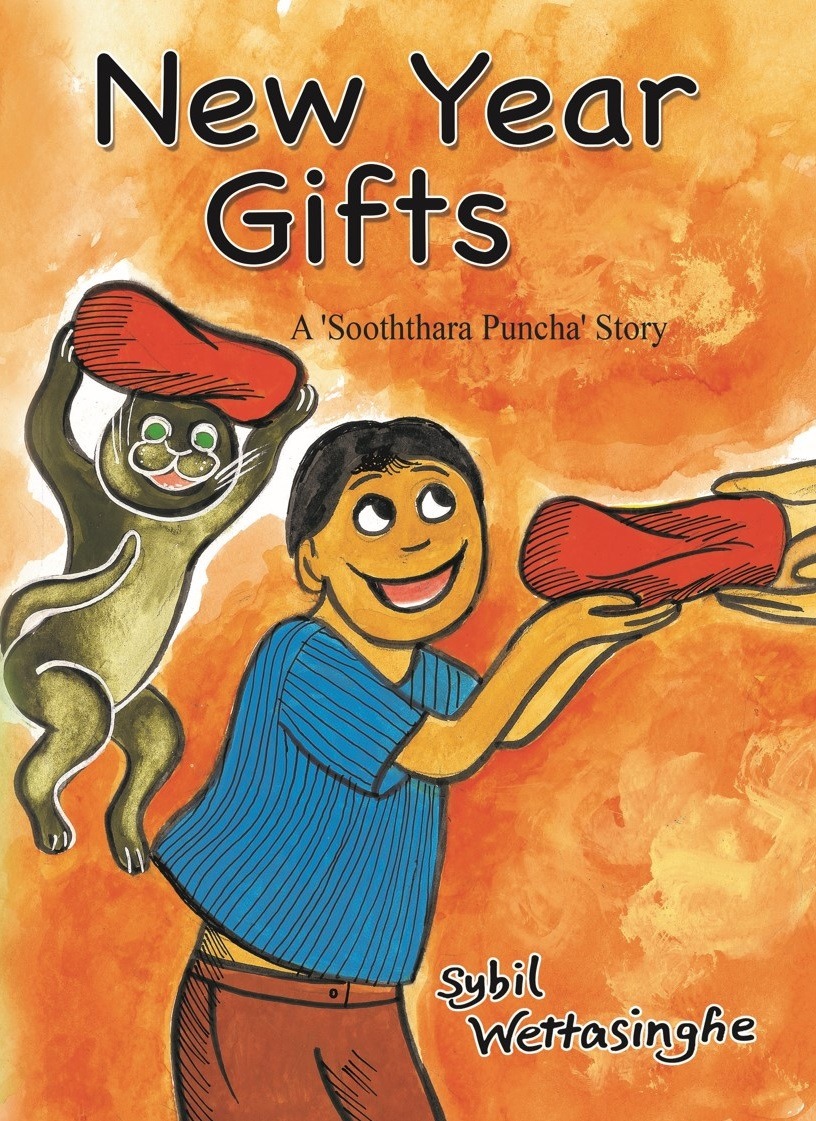

New Year Gifts by Sybil Wettasinghe is about a little boy gifting clothes to his grandparents the day before New Year. So the grandparents were able to wear New clothes to take part in the celebrations the next day. Sinhalese New Year by Sunethra Seneviratne Abhayawardana includes a lot of information about the New Year.
Vesak Celebrations
Vesak is one of the most important festivals in Buddhism and occurs in May on the day of the full moon (this year, on the 23rd of May). Buddhists in Sri Lanka (and around the world) gather at temples on Vesak to commemorate the life of Buddha through prayers, teachings, and meditation. The act of giving plays a significant role during Vesak; Buddhists engage in acts of offering alms to monks and anyone who needs a meal, in special tents called dansala.

Homes, temples and streets are adorned in colourful decorations, lanterns and intricate light displays to symbolise the light of Buddha’s wisdom. Many Buddhists observe moral precepts, engaging in meditation (Samatha and Vipassana) to purify the mind and cultivate spiritual growth on Vesak day and the days following.
Vesak Lantern, by Sybil Wettasinghe, gives a lovely description of how Sri Lankan Buddhists observe this festival. I’ll finish off with a list of other books about these holidays and other depictions of Sri Lankan life.
Some Traditional Festivals of Sri Lanka by Rohana R Wasala
Small But Smart by Kusum Disanayaka
What the Elephant Heard by Kusum Disanayaka
The Golden Butterfly by WOT Fernando
The Baby Elephant and the Fox Cub by WOT Fernando
Jingbu the Big Bully by Janaki Sooriyarachchi
Kanda Se Ma (I Am Like a Hill) by Sumithra Rahubaddha
Avurudu in the Jungle Village by Champika Deepani Ranasinghe
Vesak Full Moon Festival by JB Disanayaka
How Kaluwa went to Marapana by JB Disanayaka
Fruit Salad by Janaki Galappaththi
Vesak Pohoya by RA Liyanaarachchi
The Sapling had a little hunt around to see what else could be found that was available in or able to be shipped to New Zealand. Do you know of any others?
Bea the Buddha Day Fairy, by Daisy Meadows
Happy Birthday Buddha, by Christine H. Huynh
Where is Buddha?, by Thich Nhat Hanh, illustrated by Nguyen Quang & Kim Lien
Avurudu in Sri Lanka (ebook), by Peummi Premathiratne, illustrated by Kaushalya Ekanayake

Diyamanthi Galpoththage
Born and raised in Sri Lanka, Diyamanthi Galpoththage graduated with a science degree from the University of Sri Lanka. After working in management in the private sector, she moved to New Zealand with her family. After retiring, Diyamanthi started writing for the children’s page of SriLankaNZ (a newspaper circulated among Sri Lankans in New Zealand with articles in English, Sinhalese, and Tamil). Her first book isMy Little Baby Tortoise.



